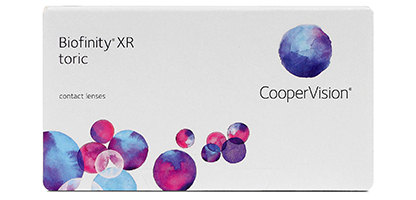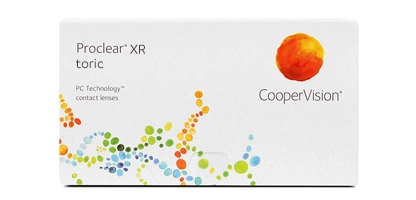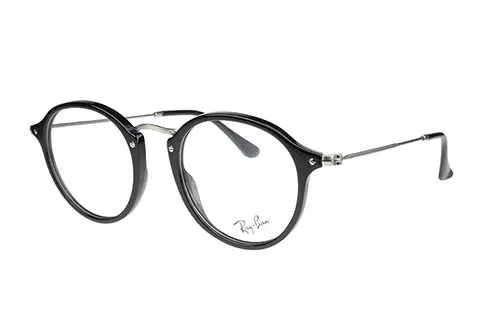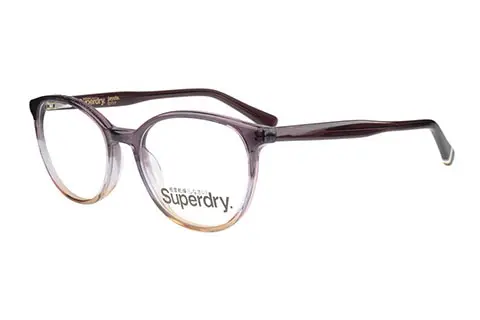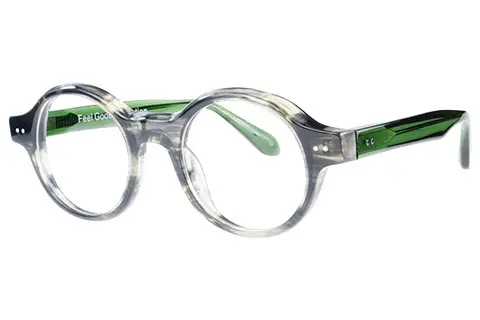Treatment for high myopia
High myopia can be corrected using glasses or contact lenses. Alternative options include laser eye surgery and lens replacement surgery. An eye care professional can advise you about the best option for you.
Disclaimer: The advice in this article is for informational purposes only and does not replace medical care or an in-person check-up. Please check with an eyecare professional before purchasing any products or remedies. For information on our article review process, please refer to our Editorial Policy.

 Offers
Offers Account
Account
 Favorite
Favorite
 Basket
Basket

 OFFERS
OFFERS
















